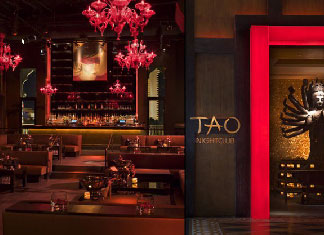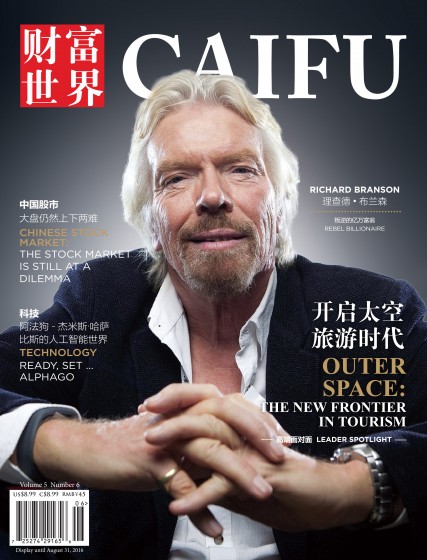Signs of Law in Tourism
- Caifu Magazine | by Caifu Global
- EN
 Tourism explores new places. This is about the places of law and the ideas that made them. Content tourism. A new friend visiting Vancouver recently asked a simple question: why are some street signs in English and Coast Salish or Pinyin, or why are some signs not in English at all. We started thinking of the ideas which shape our cities and which then shape us. Things may look familiar in a digital world but the history tells a story.
Tourism explores new places. This is about the places of law and the ideas that made them. Content tourism. A new friend visiting Vancouver recently asked a simple question: why are some street signs in English and Coast Salish or Pinyin, or why are some signs not in English at all. We started thinking of the ideas which shape our cities and which then shape us. Things may look familiar in a digital world but the history tells a story.
Thinking about business and life in Canada we turned to a brief tour of western ideas of law. When we look at digital photos of travel memories we see an invisible matrix of laws in a global marketplace: international agreements; airline safety standards; customs regulations; personal safety codes; building and health standards; public-securities exchanges and monetary exchanges, and the tourist experience from hotels to shopping to golfing, to signage.
We thought about how even signage bylaws are not simple, and why. Next month, June, 2015, is the 800th anniversary of the signing of a document known as the Great Charter, the Magna Carta. A charter describes basic legal authority; the Magna Carta identified roles of the citizen, legislatures and courts. Those men had noted that people will never agree on everything but an important start is having documents to review and upgrade. Apparently the Magna Carta only lasted a few months before someone wanted to change it. So they started the ongoing process of solving infinite problems to bring together diverse cultures and interests. The Magna Carta itself was informed by streams of law from Anglo-Saxon, Celtic and Danish traditions, and French influences from the rediscovered Roman Emperor Justinian’s laws from a thousand years earlier. Those classical traditions later informed the American Constitution and the growth of western markets. Our systems of contracts, regulations and business associations all emerged from these converging ideas.
Th ese principles and practices would become the rule-of-law. A young master of digital games understood when he compared it to the “realm” of law. So our laws in Canada are those of the rule-of-law which is a bundle of ideas and rights about how things ought to be, and the realm of systems to get things done by learning, administering, judging and enforcing. Then the interpreting, reviewing and updating continues.
ese principles and practices would become the rule-of-law. A young master of digital games understood when he compared it to the “realm” of law. So our laws in Canada are those of the rule-of-law which is a bundle of ideas and rights about how things ought to be, and the realm of systems to get things done by learning, administering, judging and enforcing. Then the interpreting, reviewing and updating continues.
An example is the principle that no-one is above the law. This is one idea from the Magna Carta yet the idea is bigger than that. It is based on respect for differences among status and beliefs, cultures and traditions, for laws which apply to all who are citizens or visitors. This framework of respect for complex interests includes ideas of fairness in equity and ideas of efficiency of commerce. These are constantly changing as technology shapes us and our global marketplace. It does not always work in practice, but is a work-in-progress.
So those street signs today are just stakes in the ground of one point in time in the Pacific Northwest. Our laws are influenced by rights of the individual such as life, liberty and the pursuit of happiness in the U.S., but a hundred years later the founders of Canada highlighted rights of the community in our Constitution for peace, order and good government. When we look at street signs we see an authority defined by that national Constitution and Charter, provincial legislation, municipal bylaws and local business associations.
Our laws now carefully define words for everything from contracts to conflicts-of-interests and consultation. It has become a separate discipline of men and women who remember that the purpose is to help people get along with each other, and for their children. We are still learning from emerging global markets, and from First Nations legal traditions in the Americas stretching back thousands of years. Everything matters over the long term; we value lessons from China and around the world. Huo dao lao, xue dao lao.















